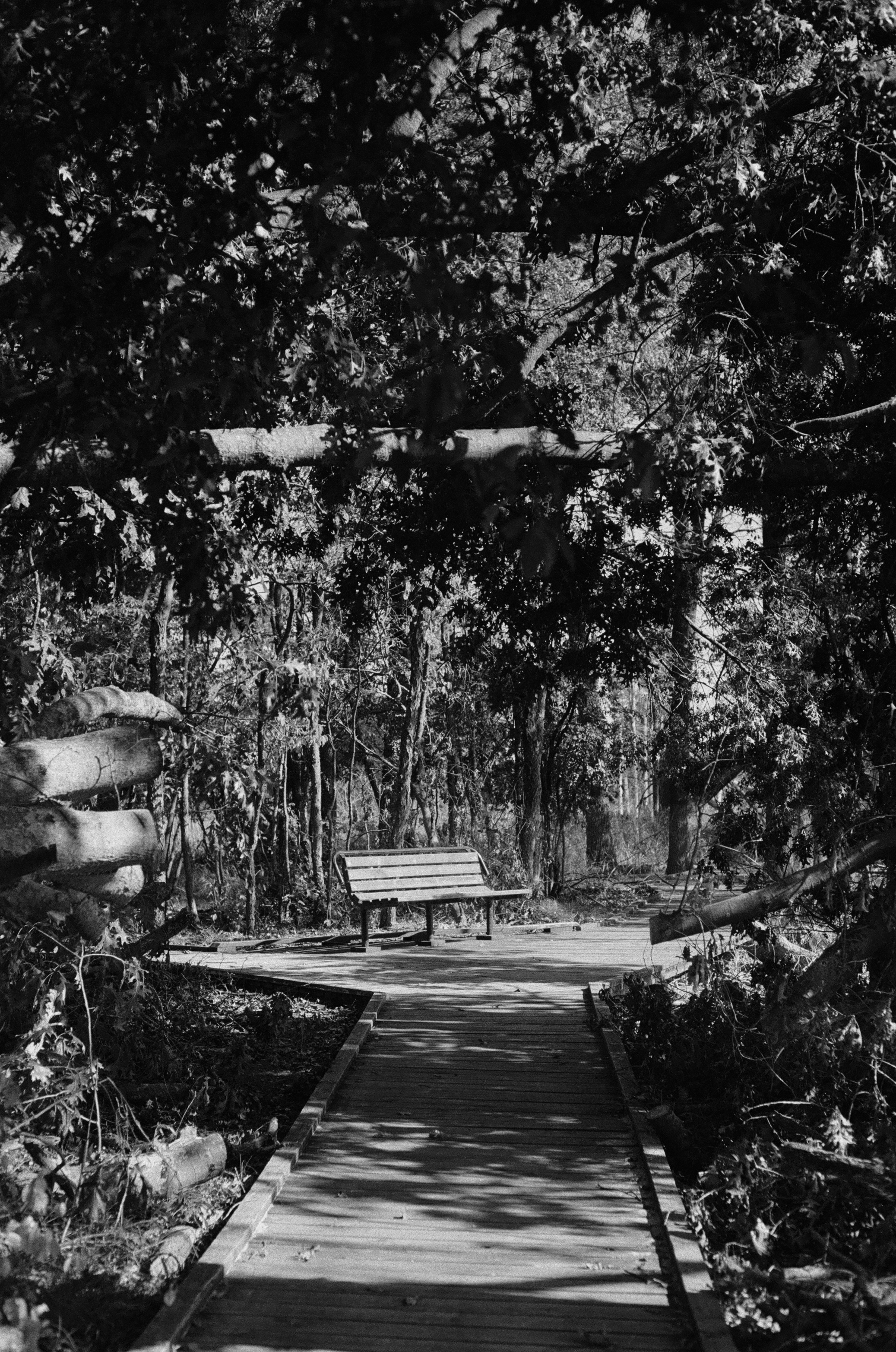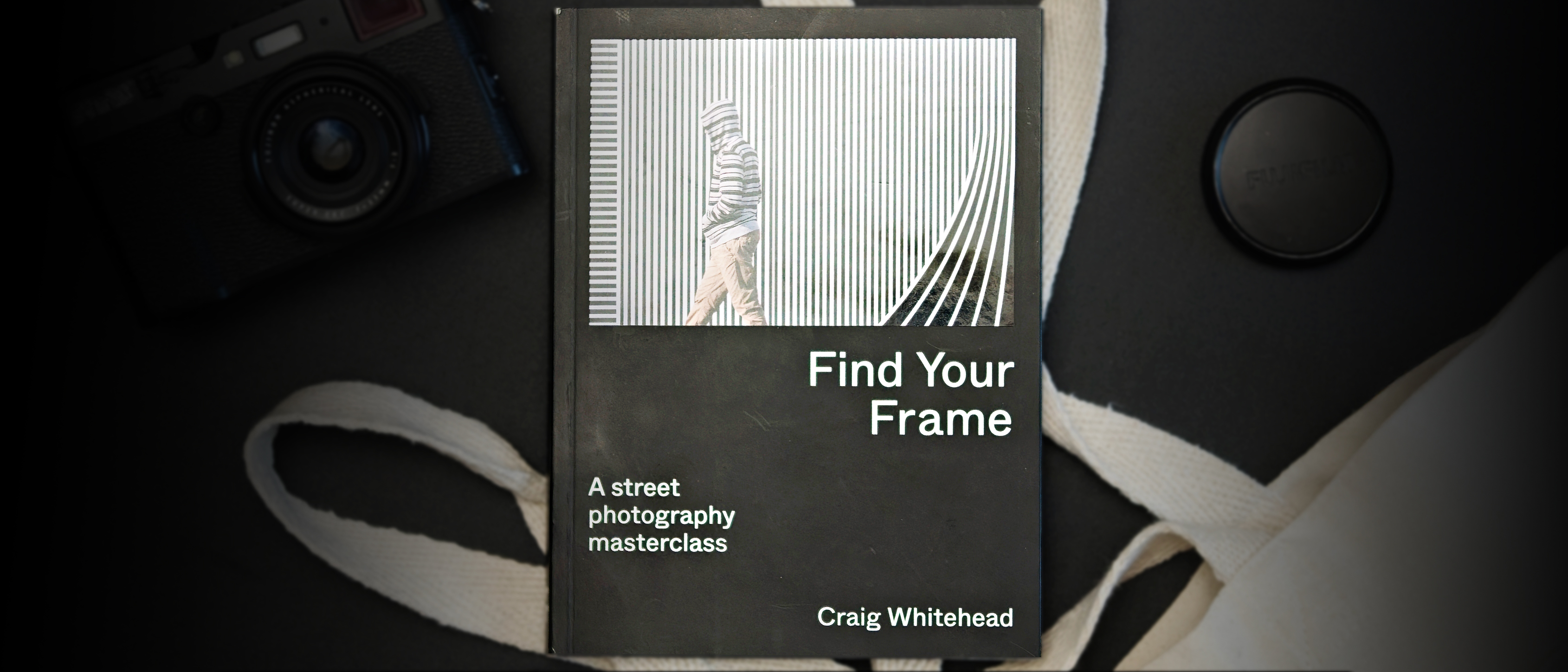I bought an old film camera for US$10 at a garage sale. It’s teaching me how to love photography again
A cheap retro film camera is teaching me that emotion is more powerful than perfection in photography
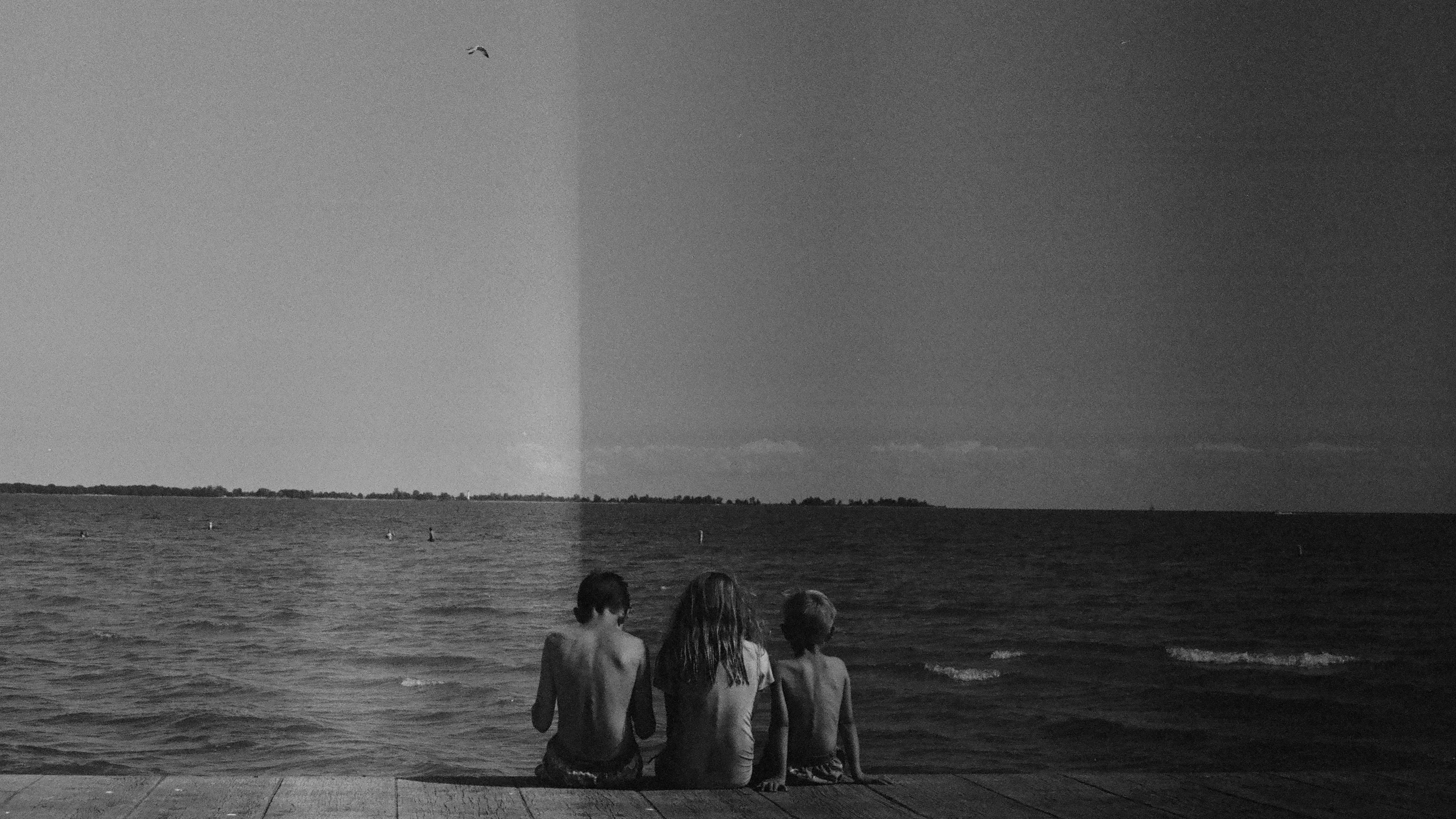
I was scouring garage sales a few years ago when a glint of silver caught my eye. There, among a table of random household detritus, was a Pentax K1000, a retro film camera, SLR style, with a 50mm lens attached. At the time, I hadn’t shot with anything beyond instant film since the little point-and-shoot I’d used in my childhood, but I just couldn’t leave it behind. I dug US$10 (about £7 / AU$15 / CA$14) out of my wallet and brought it home with me.
The K1000 decorated my shelf for a few years before I finally found the courage to load some black and white film inside and see if it even still worked. By then, I owned two K1000s, picking up a second one at another garage sale largely because it was paired with a 90mm Macro lens instead of a 50mm.
I still consider myself a novice at film photography (I still look at the YouTube tutorials every time I load and wind the film). But every time I get a roll back, I’m reminded that photographs don’t have to be perfect to be good. The images are full of film grain, dust and scratches, light leaks, and missed focus and yet, they are still some of my favorite images.
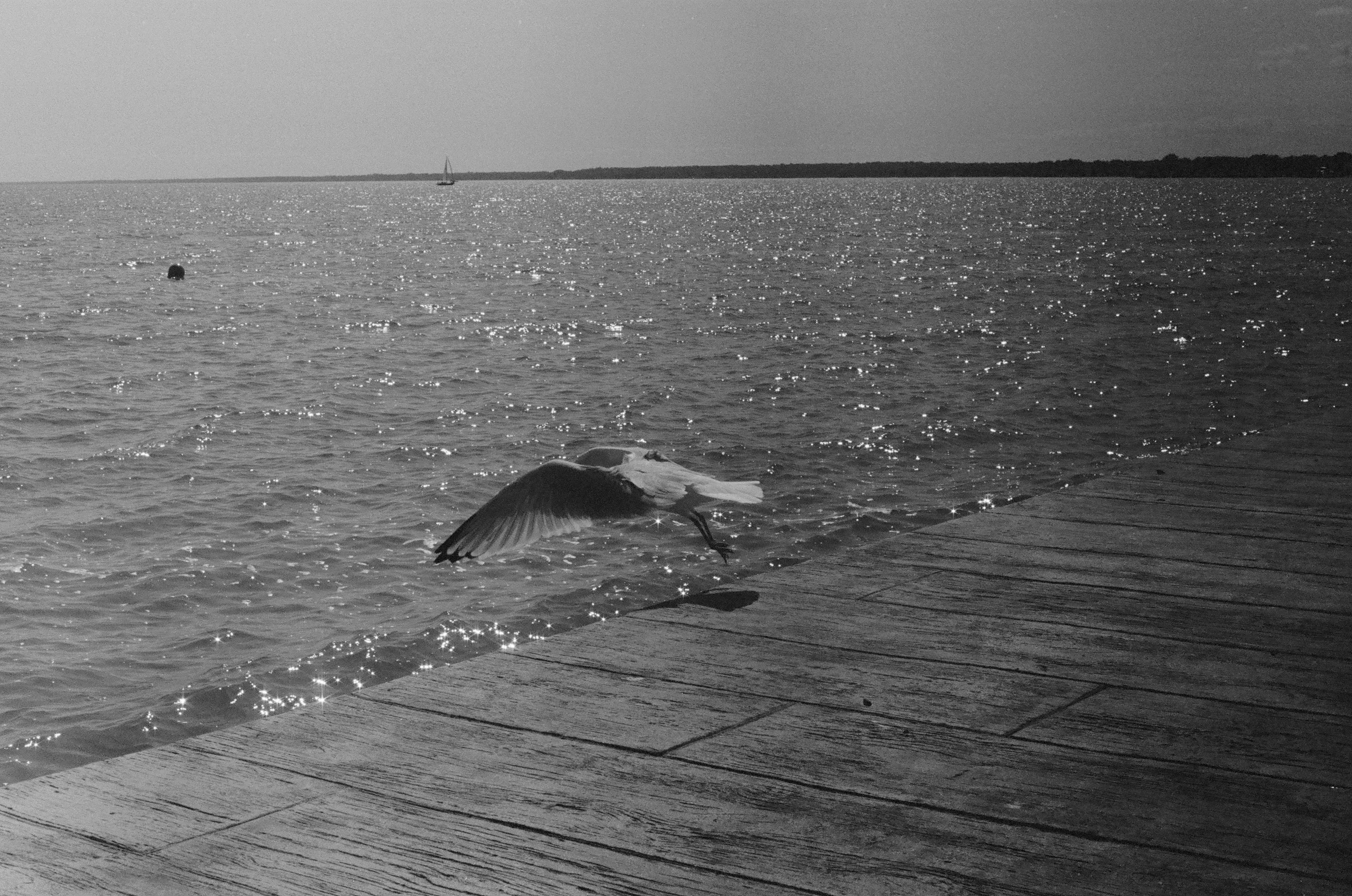
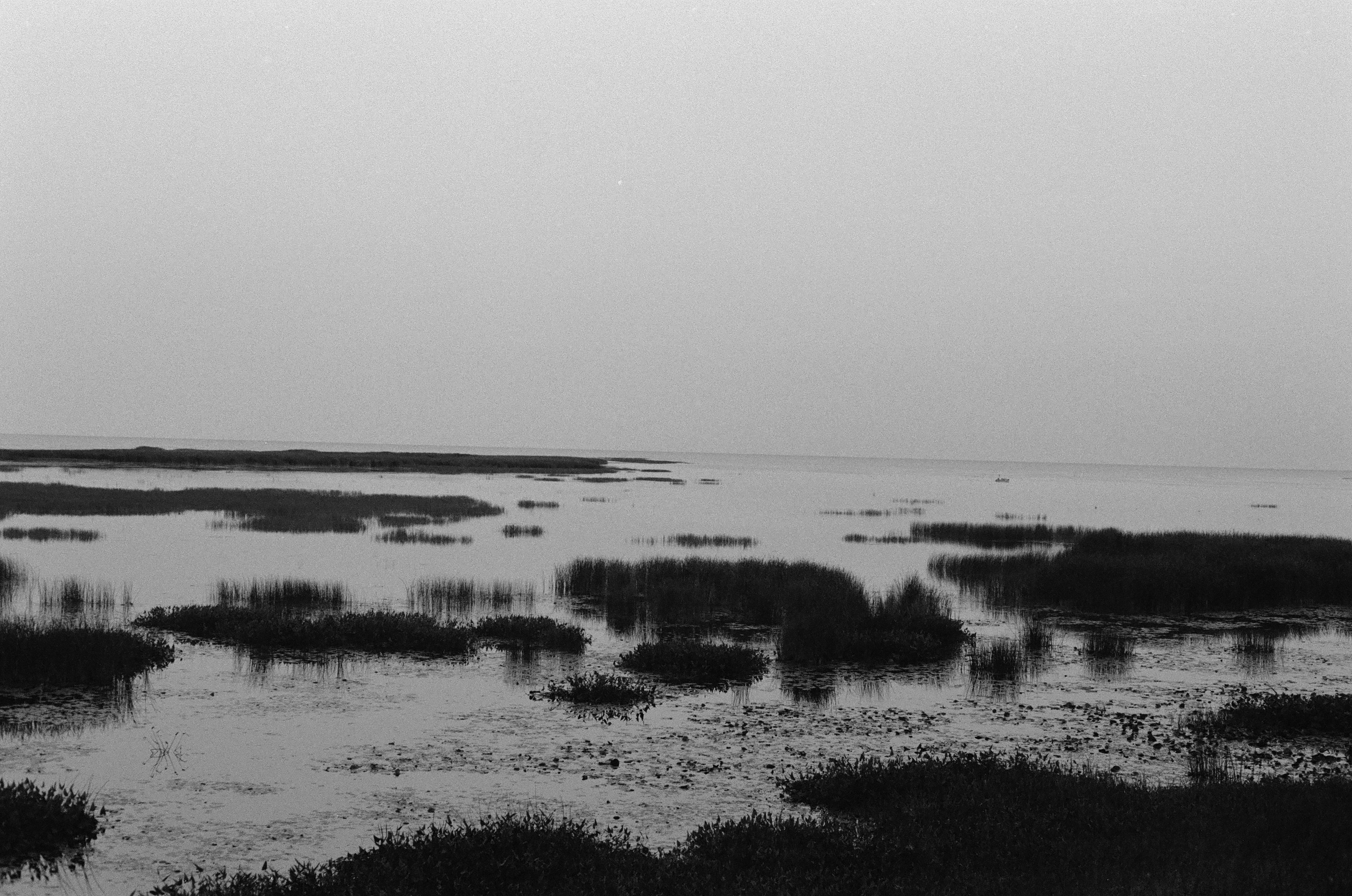
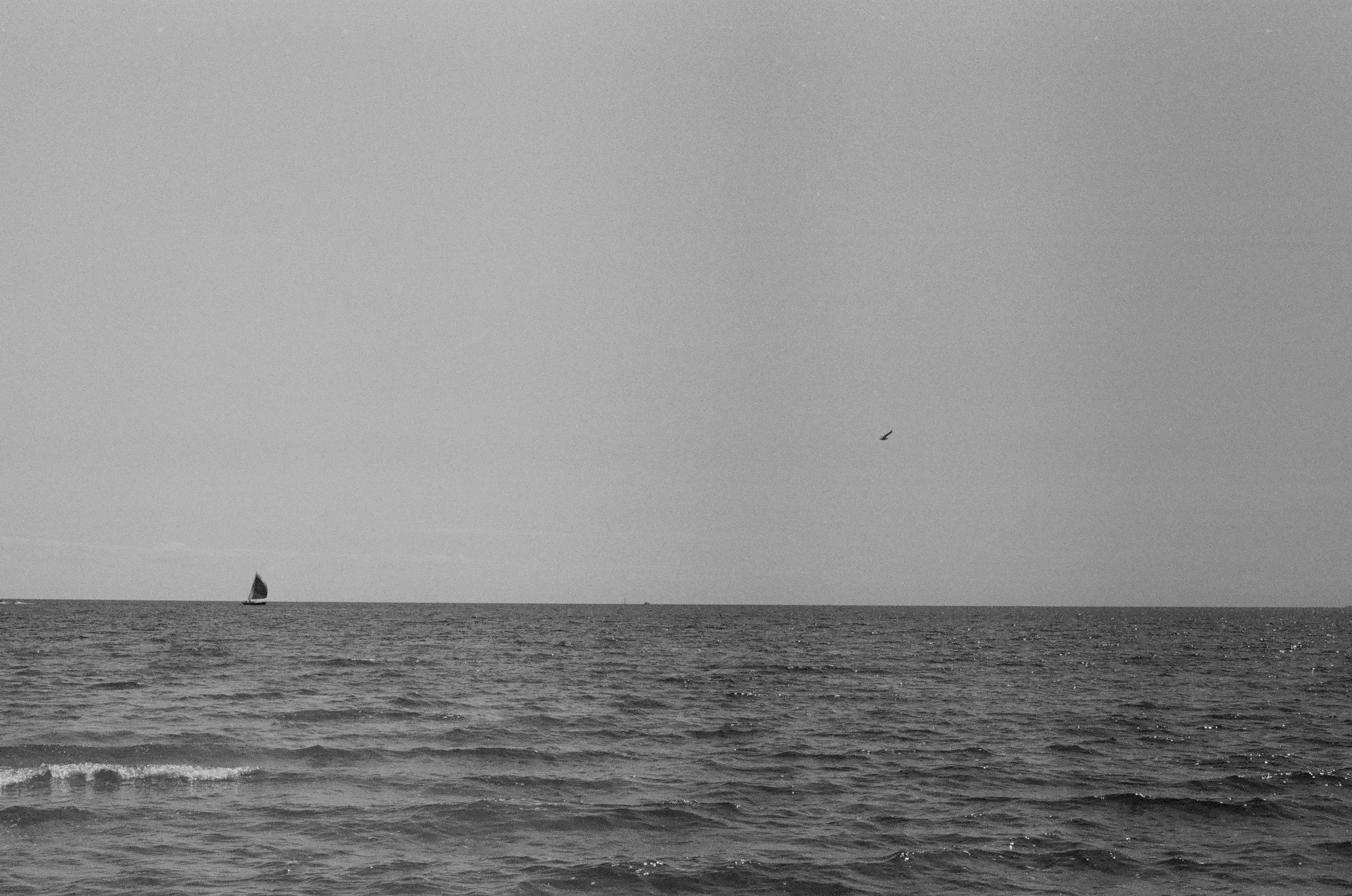
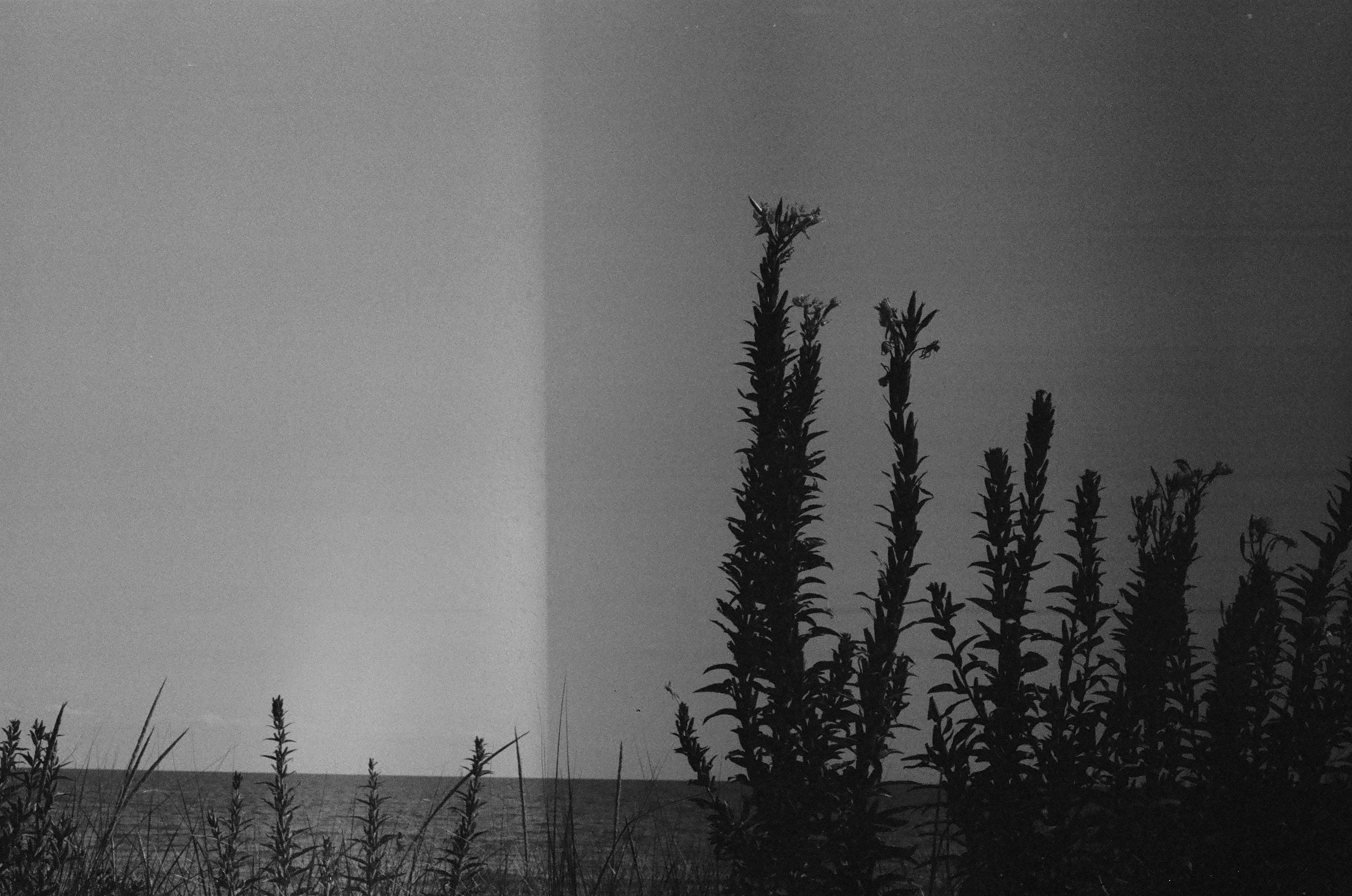
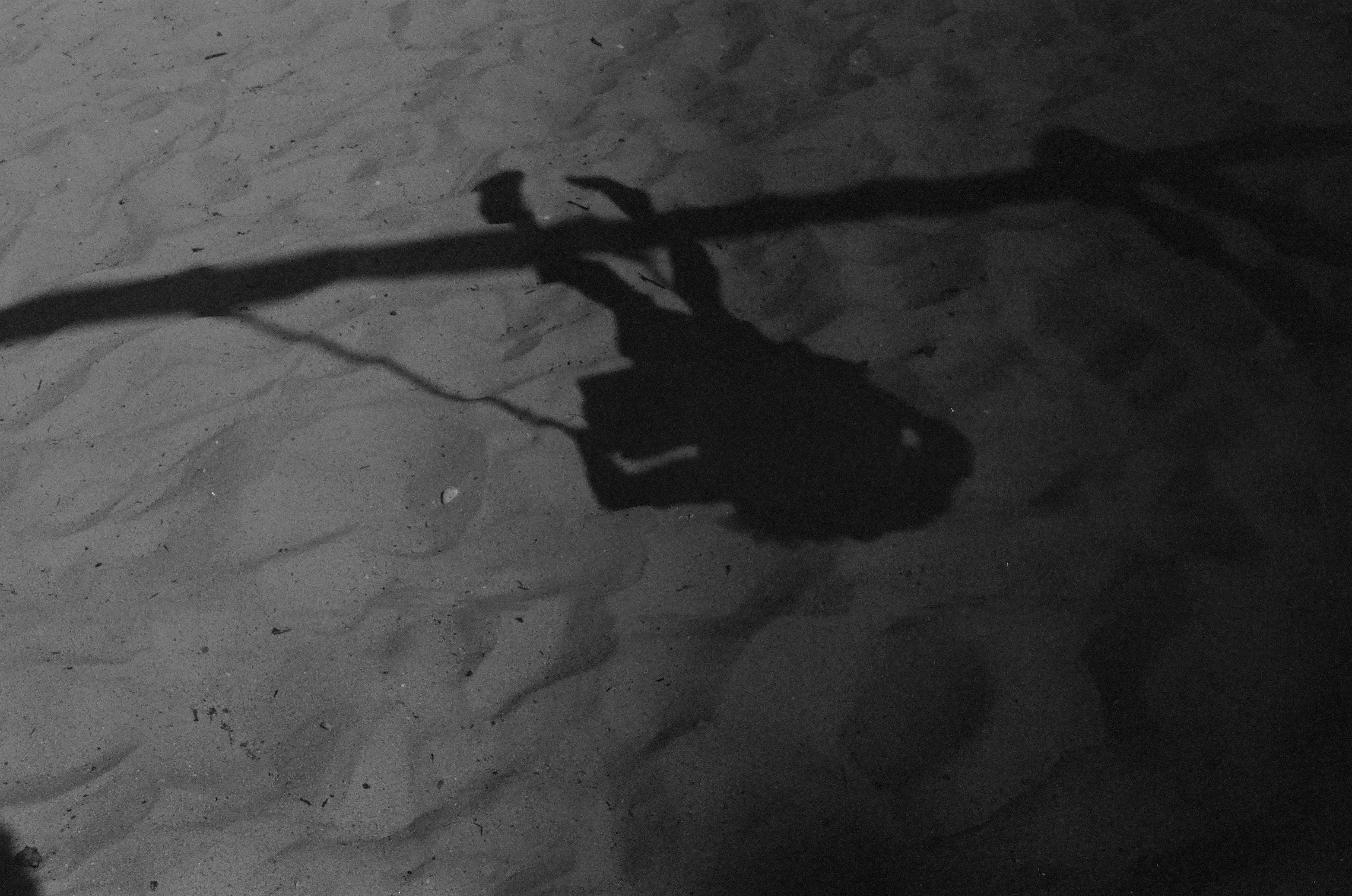
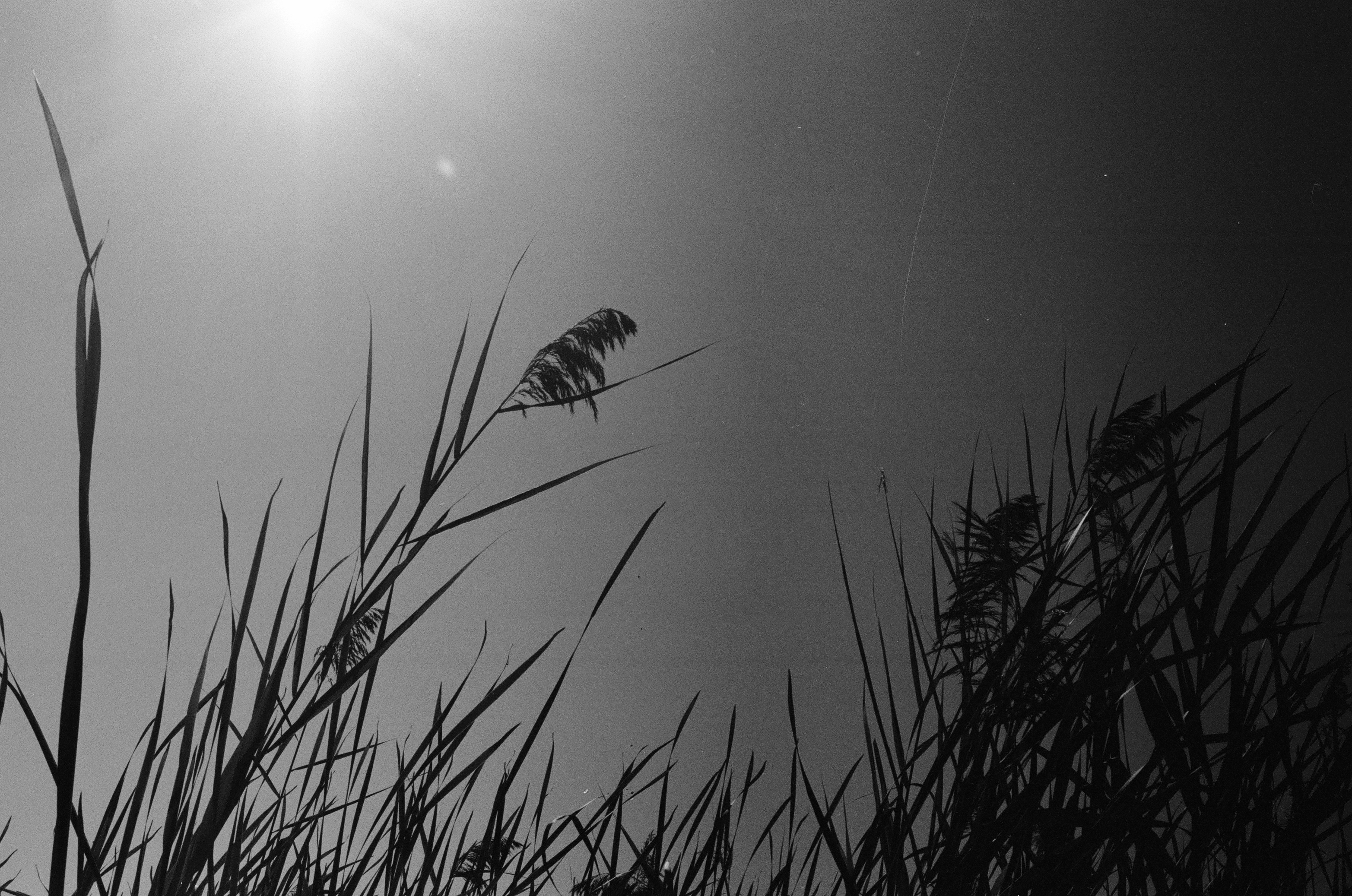
There’s something about film that has more emotion, more soul. Perhaps it's slowing down, knowing full well how expensive it is to develop each roll, manually focusing and putting more time into each shot. Perhaps it's being forced to let go of my perfectionist tendencies that makes the photographs feel more human. I don’t think it's a coincidence that I find myself shooting more film in a world where computers can now generate “photographs.”
The Pentax K1000 launched in 1976, but the camera became so popular, it sold for more than 30 years before being discontinued in 1997. I probably shouldn’t have been surprised that the camera still worked. The K1000 is an all mechanical SLR, with manual loading, advancing, and winding required. Exposure and focus is also set manually. The only thing powered by a small button battery is the light meter.
Framing the shot, twisting the focus dial, and pressing the shutter release feels like an act of faith every time, when I have no idea how or even if the image will turn out. Out of the two rolls I sent back on my latest lab shipment, only one roll had images on it. The film lab had to break the news to me that something went wrong in the film loading process, and no images were ever exposed to the film, a loss I’m still mourning.
I’m still learning film photography, but in a way, the more I learn about film photography, the more I connect with my own images, analog or digital, and the more I fall in love with photography all over again.
The best camera deals, reviews, product advice, and unmissable photography news, direct to your inbox!
I was lucky enough to find a film camera for around the cost of a roll of film by scouring garage sales and estate sales – and it was probably the best US$10 I ever spent.
You may also like
Browse the best film cameras or the best 35mm film.

With more than a decade of experience writing about cameras and technology, Hillary K. Grigonis leads the US coverage for Digital Camera World. Her work has appeared in Business Insider, Digital Trends, Pocket-lint, Rangefinder, The Phoblographer, and more. Her wedding and portrait photography favors a journalistic style. She’s a former Nikon shooter and a current Fujifilm user, but has tested a wide range of cameras and lenses across multiple brands. Hillary is also a licensed drone pilot.
You must confirm your public display name before commenting
Please logout and then login again, you will then be prompted to enter your display name.
